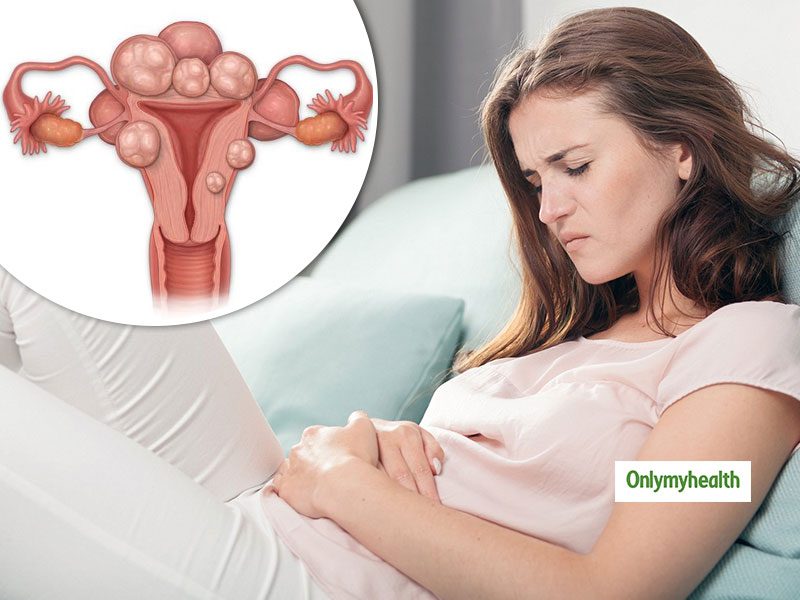
A 37-year-old Kashmiri woman Salma (name changed) who was a mother to a child suffered from a severe medical condition. With no medical history earlier, she was diagnosed with fibroids. Multiple doctors in Kashmir told her that the only way to remove the fibroid was to remove her uterus, which meant she could not conceive and give birth in future. However, her quest was to live a healthy life and have a family much bigger.
Table of Content:-
Women have the most distinct and unique gift to carry and nurture a whole new life within themselves. Despite being disappointed, Salma did not give up. After Salma received a referral from one of her friends, which brought her to Dr Mukta Nadig in Columbia Asia Hospital, Hebbal, Bengaluru.
What Are Fibroids

Fibroids are abnormal non-cancerous growths in the uterus of a woman, often during the childbearing years. Also referred to as uterine fibroids, these growths range in from being the size of a seedling (unnoticeable by the human eye) to huge masses that can enlarge or even deform the uterus. Mostly these are not identified by the patient as they have no significant symptoms but sometimes severe abdominal pain and heavy periods are experienced.
Some of the symptoms that have been identified for fibroids include:
- Heavy menstrual bleeding
- Inability to conceive
- Periods lasting over a week
- Pelvic pain or pressure
- Urinating frequently
- Difficulty in emptying the bladder
- Constipation
- Leg pains or backache
“Salma came to us with a huge fibroid and her haemoglobin level was 6.4 at that time. It was a complicated case where we had to remove the fibroid and at the same time, save the uterus as the patient desired to have children in the future, which was not possible without the uterus. The only way to do so was by going ahead with a myomectomy,” said Dr Mukta Nadig, Consultant - Obstetrics and Gynecology, Columbia Asia Hospital Hebbal, Bengaluru.

Myomectomy Treatment For Fibroids
Myomectomy is the operational procedure to remove fibroids while keeping the uterus safe. Women who are observed with symptoms of uterine fibroids but wish to have children have myomectomy as their best treatment option. During the surgery, the surgeon has a severely complex task at hand of taking out the symptom-causing fibroids and in a way, reconstruct the uterus. It certainly is among the most complicated surgical procedures.
“In this particular case, the fibroid was 15*15 cm big, which is comparable to a 6-7 months old fetus. Also, Salma was severely anaemic when she came to the hospital and was experiencing heavy periods. The fibroid was degenerative as the tissue was very fragile and soft, making it difficult to remove. Since the fibroid was big, the risks involved the increased chances of bleeding during surgery, damage to the neighbouring organs and uterine artery,” added Dr Nadig.

Also Read: Baby Planning Tips: 7 Major Diet-Changes Before Conceiving
Some of the possible complications in such severe cases of myomectomy include:
- Infection
- Excessive bleeding
- Harm to nearby organs
- A hole (perforation) in the uterus
- Scar tissue that can block the fallopian tube or cause fertility problems
- New fibroids that require another removal procedure
Read more articles on Women’s Health
How we keep this article up to date:
We work with experts and keep a close eye on the latest in health and wellness. Whenever there is a new research or helpful information, we update our articles with accurate and useful advice.
Current Version